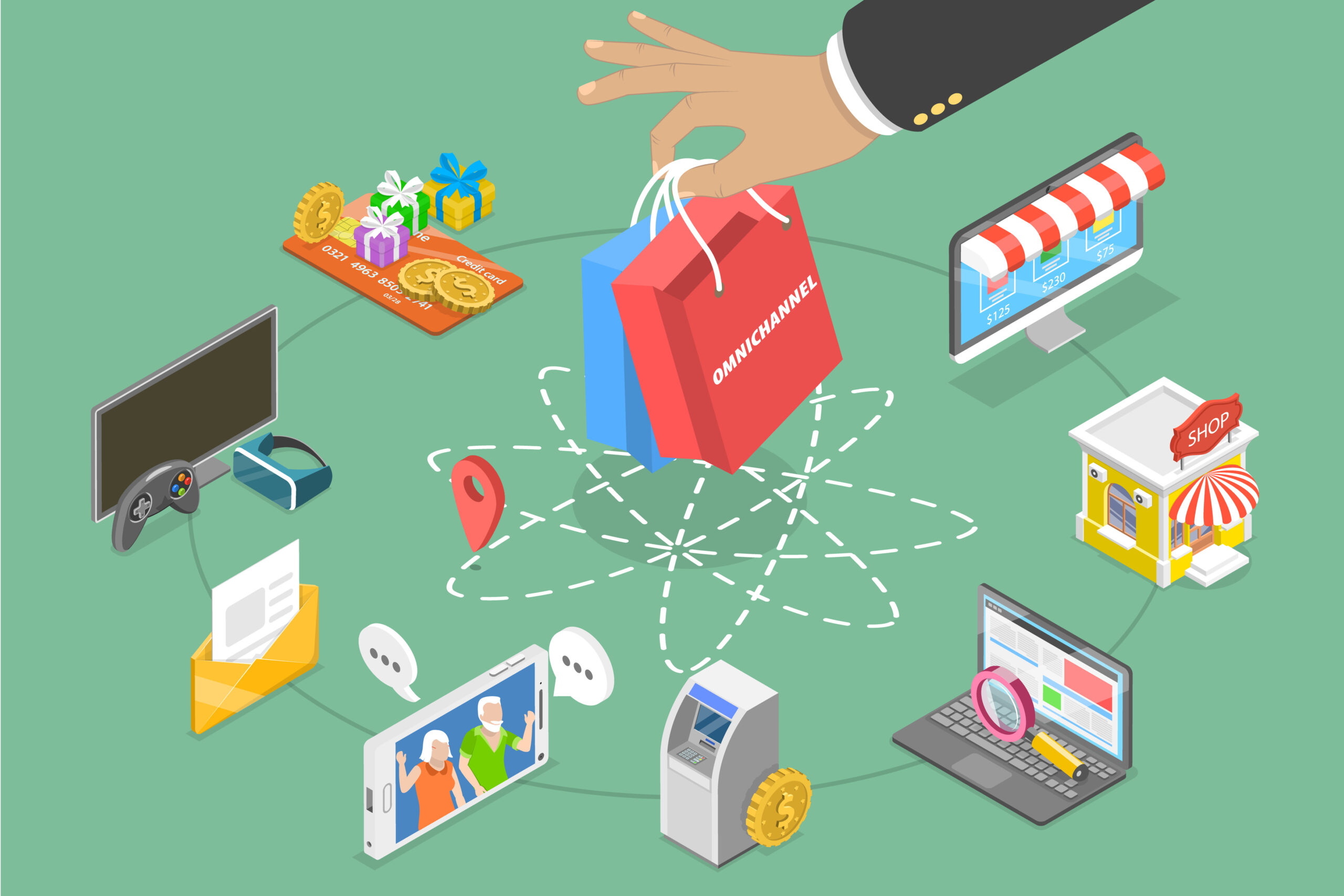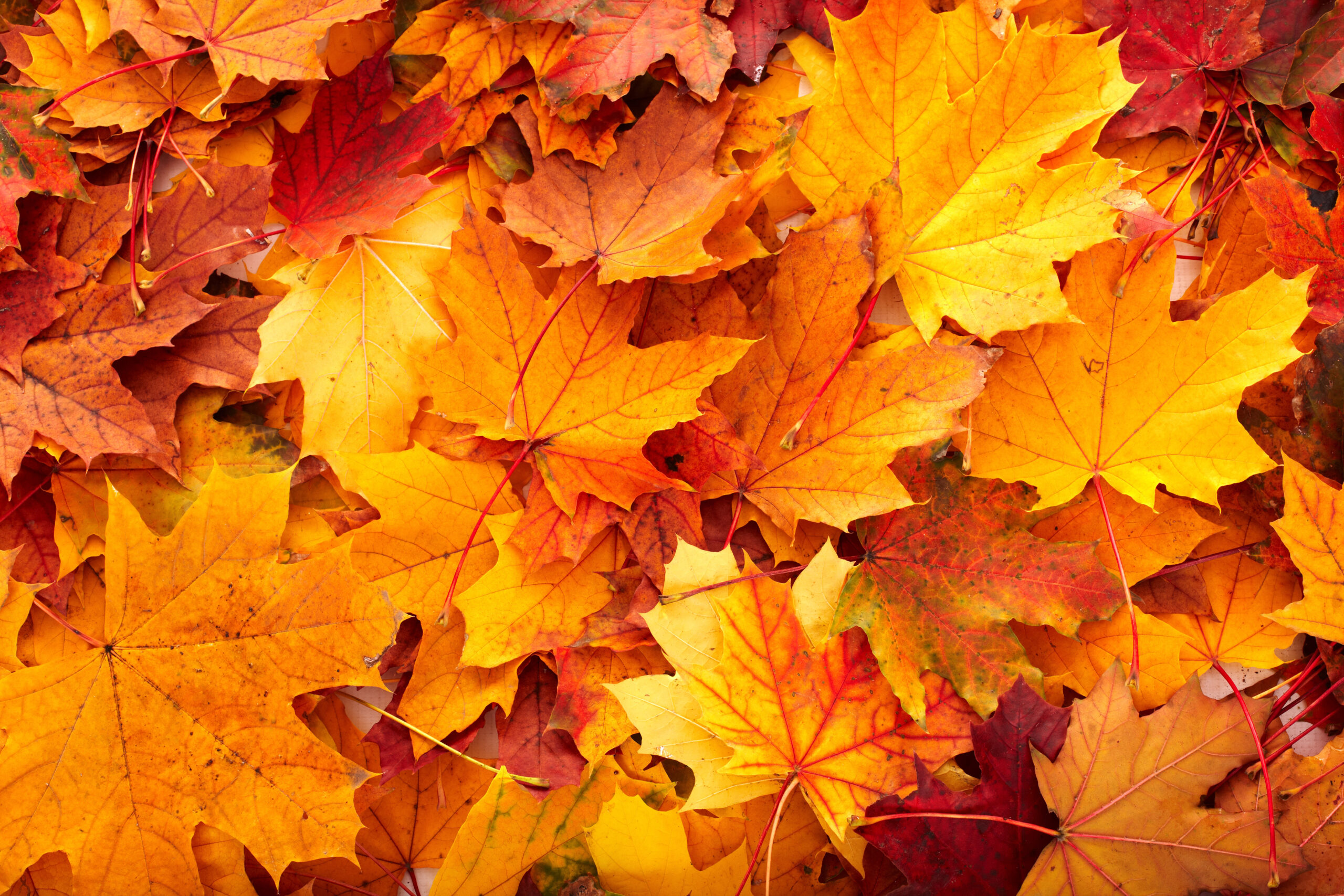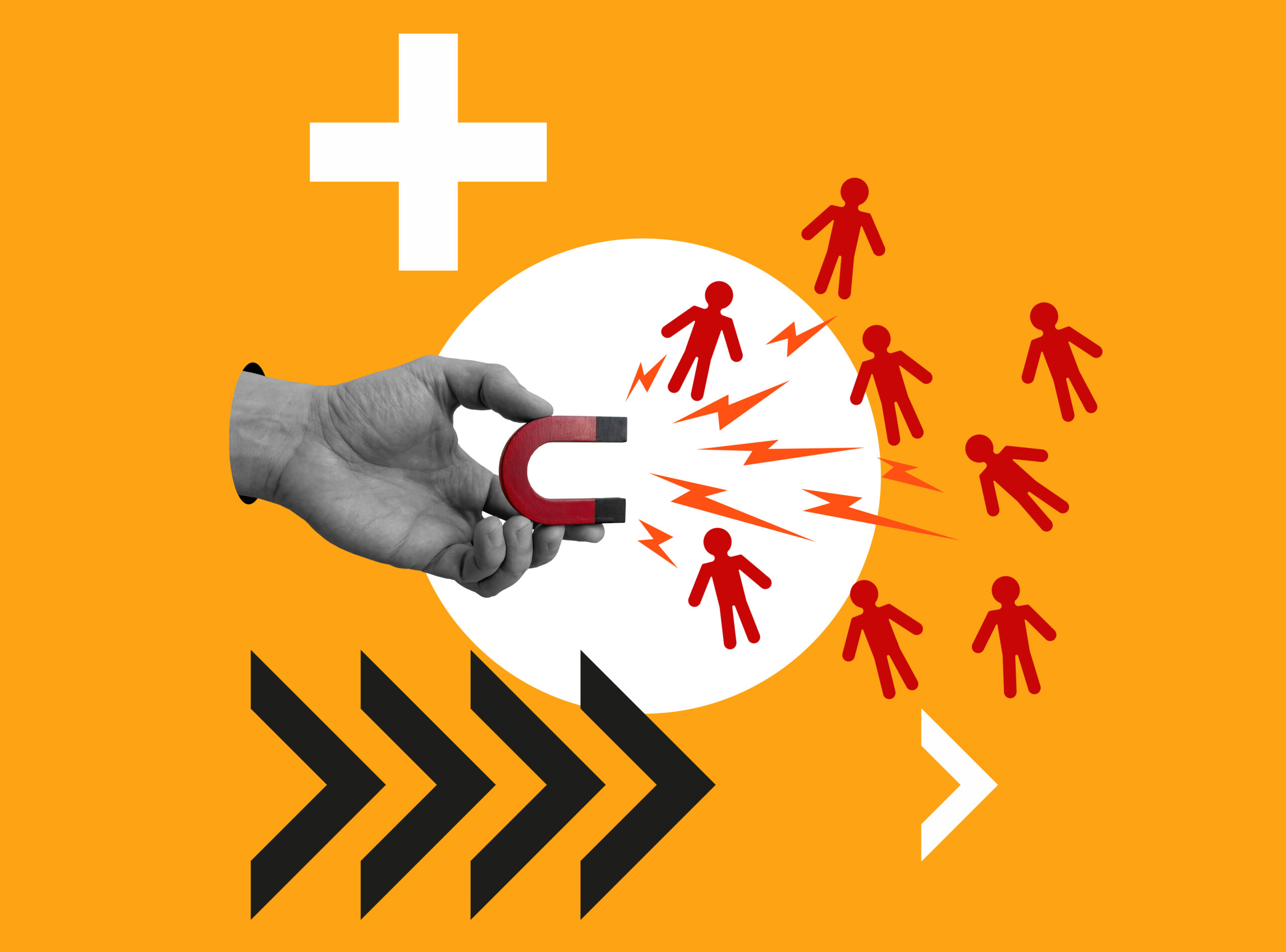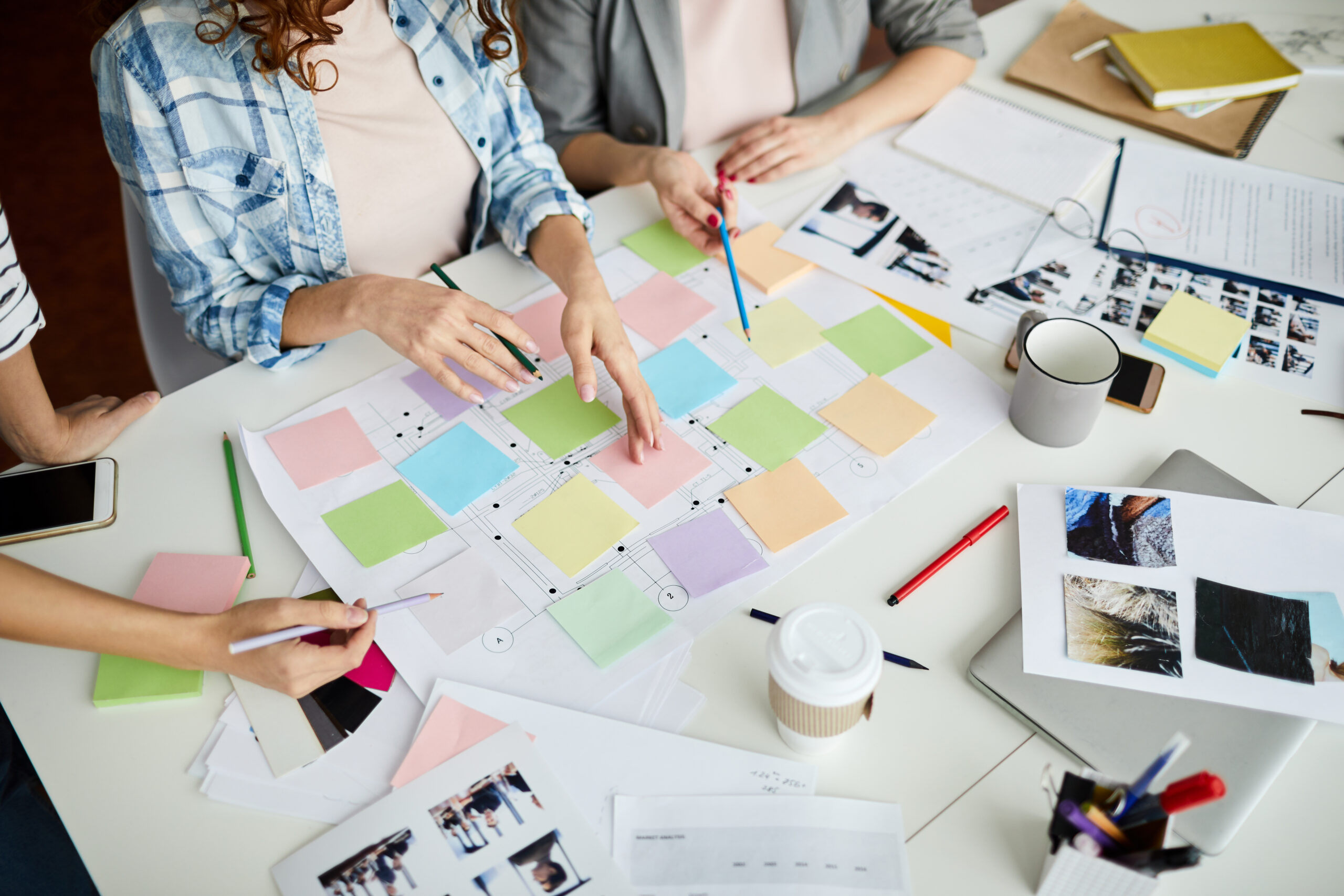8 Omnichannel Retail Trends Shaping Commerce in 2025 & Beyond
Omnichannel retail is evolving rapidly. Discover the key 2025 omnichannel retail trends shaping connected commerce and redefining the customer experience — from hybrid shopping journeys and AI-driven personalization to consistent product data and real-time engagement — and see how leading brands are creating seamless experiences that drive loyalty and growth.

Shopping today feels less like a straight line and more like a maze, one that consumers navigate with a tap, a scroll, and a swipe. They jump between apps, stores, and social feeds without missing a beat, expecting every stop along the way to feel connected and effortless. Their expectations are rewriting the rules of engagement for modern commerce.
According to our recent B2C survey, general and specialty retail stores and online marketplace websites emerged as the most common shopping channels. Even after years of eCommerce acceleration, shoppers haven’t abandoned the thrill of in-store experiences. The chance to see, touch, and test products still matters! Rather than choosing one over the other, consumers are blending both worlds, creating a commerce landscape where digital discovery and physical connection go hand in hand.
For businesses, the challenge is keeping up with this rhythm while maintaining consistency and speed across every touchpoint. Data, technology, and teamwork have become the glue holding it all together.
Let’s take a closer look at the omnichannel trends redefining how consumers shop and how businesses sell, and how these changes are setting the pace for growth in 2025 and beyond.
What Is Omnichannel Commerce?
Omnichannel commerce means selling products across multiple channels while maintaining a unified customer experience. It brings together every touchpoint where customers interact with a brand, merging online platforms and physical stores into a single strategy. At its core, it’s about creating a seamless shopping journey that delivers personalization and consistent interaction at every stage.
8 Key Omnichannel Shopping Trends To Learn From
If you want to understand where retail is headed, don’t just ask the brands, ask the shoppers. Consumers are already rewriting the rules of omnichannel retail, blending online, offline, and everything in between into their own dynamic shopping journeys.
From the channels they trust to the frustrations they voice, these trends reveal exactly what today’s buyers expect, and where retail businesses need to step up:
1. Customers Expect AI to Make Shopping More Personal
Shoppers today expect brands to know them, not just recognize them. Generative AI is transforming how customers discover and engage with products across channels. Consumers now rely on AI-powered tools for personalized recommendations, chatbot-assisted shopping, and dynamic search that surfaces the most relevant results. For many, it’s no longer about scrolling through endless product listings but instead letting an AI assistant handle the search and surface the right products that match their taste and budget instantly. In fact, 49% of global shoppers say AI-powered recommendations have directly influenced their purchase decisions, proving just how deeply these technologies now shape buying behavior.
For businesses, this transition represents a turning point in digital engagement. Generative AI helps brands create content at scale, from automated product descriptions to localized campaigns that resonate across regions. Retailers use AI to refine their personalization strategies and even predict purchasing behavior. But success depends on the quality of product data that fuels these algorithms: clean, complete, and clear information ensures that what AI delivers feels human and accurate. The future of omnichannel personalization lies in data precision and agility, where every recommendation reflects a brand’s understanding of its customer.
2. Shoppers Blend Convenience and Connection Through BOPIS & BORIS
Customers have embraced the best of both worlds. They want the convenience of digital shopping and the immediacy of physical pickup; and increasingly, they expect brands to offer both without compromise. “Buy Online, Pick Up In-Store” (BOPIS) and “Buy Online, Return In-Store” (BORIS) have become fundamental behaviors for modern shoppers. They like being able to browse from anywhere, secure an item in minutes, and either pick it up the same day or return it easily in person.
From a customer perspective, these options remove uncertainty and reduce waiting time. They make online shopping feel tangible and trustworthy. Shoppers also value the sense of control, being able to see and touch the product before finalizing their purchase or refund gives reassurance that pure eCommerce can’t match!
For retailers, however, this convenience comes with new operational complexity. Synchronizing product availability, pricing, and descriptions across both online and in-store systems is notoriously difficult. One mismatch can quickly lead to frustration and lost trust.
Akeneo Activation helps brands bridge the gap between systems and channels by automating the flow of accurate product information in real time. It eliminates manual work by keeping channel requirements up to date and ensuring that every product listing meets the unique specifications of each marketplace or retailer. With Activation, teams can launch new products faster, optimize live product detail pages (PDPs), and maintain cohesive visuals and descriptions — so every touchpoint delivers a unified experience for the customer!
3. Shoppers Research Online Before Buying In-Store
Consumers have become meticulous researchers. The Research Online, Buy Offline (ROBO) trend is proof that digital and physical shopping complement each other. In fact, the trend is stronger than ever, with up to 76% of consumers using multiple channels and touchpoints to inform their purchase decisions. Shoppers rely on online research to guide offline buying, checking specs, reading reviews, and watching influencer demos before ever setting foot in a store. They arrive ready to purchase instead of browse, turning in-person visits into the final step of an already digital decision.
For businesses, this behavior demands strong online content and absolute consistency across touchpoints. A detailed, genuine digital presence builds confidence and drives real-world conversions. Retailers that treat their online channels as digital showrooms (providing clear imagery and precise information) strengthen both their eCommerce and physical store performance.
4. Consumers Use AI Search to Find and Commit Faster
The rise of conversational search is transforming how shoppers discover and evaluate products. Consumers are no longer typing stiff keywords but are now asking natural, open-ended questions like “What’s the best cruelty-free moisturizer under $30?” or “Which headphones are most comfortable for long flights?” and expecting correct, personalized results instantly. It highlights a growing expectation for search tools that can interpret meaning and context, rather than simply respond to literal keywords.
AI-powered search represents a major leap from traditional keyword matching to intent-based discovery. Using machine learning and natural language processing (NLP), these systems can interpret what a shopper means, not just what they say. Rather than relying solely on static tags or product rules, AI search learns from user behavior and adapts accordingly. For example, if someone searches “best trail running shoes for wet conditions,” a standard search engine might list every product tagged “trail” or “running,” leaving shoppers to filter through irrelevant results. An AI-powered search, on the other hand, analyzes reviews, purchase data, and location trends to surface waterproof running shoes that perform well in rainy climates. It looks for products that truly align with the user’s intent!
As AI-driven commerce evolves, visibility now depends on how well products are understood by intelligent search systems. AI Discovery Optimization, a recent capability within Akeneo PX Insights, helps brands analyze how their products are discovered — or missed — across AI-powered shopping experiences. It surfaces insights on natural language and AI-assisted search behavior, highlights gaps in visibility and relevance, and identifies opportunities to enrich product data so it better reflects evolving consumer intent. By optimizing product content for emerging AI discovery channels, businesses can ensure they stand out with precision and clarity at every key point in the shopping journey.
Discover the Evolution of the Modern Shopper
5. B2B Buyers Mirror Consumer Shopping Behaviors
B2B buyers are no longer satisfied with outdated portals or clunky catalog PDFs. They expect the same simplicity and agility they experience as consumers, complete with personalized pricing and omnichannel consistency. In fact, 84% of B2B buyers say it’s important for sellers to provide a seamless experience across multiple channels, and 73% already prefer digital channels such as marketplaces and mobile apps as part of their purchasing process. This evolution shows that B2B commerce is no longer trailing behind B2C: it’s catching up fast.
For B2B sellers, this shift means elevating the buying experience to meet rising expectations. That involves managing multiple catalogs and configurations while ensuring that every piece of product information remains synchronized across systems and channels. Akeneo Shared Catalogs provides the foundation for this transformation by simplifying how product information is shared and managed. It enables businesses to customize and securely distribute up-to-date product data directly through a centralized online portal. Automatic synchronization with Akeneo PIM ensures that every catalog remains current and consistent, giving distributors, partners, and sales teams instant access to the information they need — without manual updates or IT involvement!
For B2B sellers, this means more than faster launches. Akeneo Shared Catalogs enables seamless collaboration and strengthens trust across partner networks. With Shared Catalogs, every stakeholder can confidently access the latest product details, pricing, and assets in real time, removing inconsistencies and minimizing inaccuracies. The result is a more transparent B2B buying experience, one that deepens relationships and transforms reliable product data into a true competitive advantage.
6. Shoppers Want Flexible Returns Without the Friction
Online shoppers have grown accustomed to flexible return policies, and they’re not giving them up anytime soon. But while customers love the convenience, returns are increasingly cutting into profits. In many cases, they’re the direct result of (you might have guessed it!) poor product data. Globally, around 40–50% of consumers returned a product in the past year due to incorrect or misleading product information. Returns create operational headaches for retailers and frustration for customers, often stemming from fragmented product data across channels.
Customer expectations around returns have never been higher. 38% expect free delivery, 33% expect a free return process, and another 28% prioritize an easy return experience. These expectations have become essential parts of what customers consider good service, not optional perks. Retailers that fail to meet them risk damaging loyalty and driving shoppers to competitors who make convenience a core part of their promise.
To adapt, businesses are turning to AI-powered tools and richer product content to reduce return rates and rebuild buyer confidence. By using AI to effortlessly generate, enrich, and translate product information, tailored to their brand voice, retailers can create more accurate and complete product experiences. Akeneo PIM makes this possible by centralizing and enriching product data so every channel displays up-to-date information. When product details are clear, shoppers know exactly what to expect, which leads to fewer surprises and fewer returns!
7. Traditional Search Still Matters in an AI-Driven World
Despite the rise of AI-powered discovery, traditional search remains a cornerstone of how consumers find products online. When it comes to online search and discovery, 26% of consumers say they’re most likely to use traditional search engines, while 22% turn to online marketplaces. These channels continue to dominate the early stages of the shopping journey, serving as the starting point for product research and validation.
For brands, this means that SEO and structured product data are still essential parts of an omnichannel strategy. Optimizing for both traditional and AI-driven discovery ensures that products appear wherever consumers begin their search, whether that’s Google, Amazon, or a generative AI assistant. The brands that maintain visibility across both established and emerging discovery channels are the ones that stay top of mind and top of search results.
8. Gen Z Is Defining What Omnichannel Really Means
Gen Z’s habits and demands are powering the transformation of the retail sector. As digital natives, they move fluidly across apps, devices, and physical stores without as if it’s second nature. They might discover a product on TikTok, compare prices on Google, check reviews on Reddit, and then complete their purchase in-store or through a mobile app. According to recent data, 36 % of Gen Z shoppers regularly use both online and in-person channels, making them the most omnichannel generation yet. For these shoppers, efficiency and authenticity are inseparable. They expect real-time updates and experiences they can trust, no matter where they shop.
For brands, this generation presents both a challenge and an opportunity. Gen Z demands transparency and speed. They are quick to abandon brands that deliver inconsistent information or clunky checkout experiences. To capture their attention, businesses must rethink omnichannel strategy not as a series of disconnected channels but as one continuous ecosystem — one that mirrors how young consumers actually evaluate and buy. That means ensuring every channel, from social commerce to brick-and-mortar, tells the same product story with the same level of clarity and appeal.
To achieve that level of consistency, brands need visibility into how their product experiences perform. This is where Akeneo PX Insights transforms complexity into insight. By measuring how product experiences perform across channels, PX Insights helps businesses understand where engagement thrives and where it falls short. It uncovers inconsistencies in descriptions or imagery, and pinpoints which content truly drives conversions among Gen Z audiences. Armed with these insights, brands can strengthen their omnichannel presence, ensuring every touchpoint feels trustworthy and true to the brand.
Turning Trends Into Opportunity
When you look at these trends together, they reveal one clear truth that experience transforms omnichannel strategy into a real opportunity. The future of retail is about weaving multiple channels into one seamless experience. Customers have made it clear: they want flexibility, reliability, and trust at every stage of their shopping journey. Brands that embrace a true omnichannel mindset, powered by accurate product data and AI-driven insights, will not only meet these expectations but turn them into lasting relationships.
In omnichannel retail, experience shouldn’t be an afterthought but the main priority. After all, 80% of consumers say the experience a company provides is just as important as its products or services, a clear reminder that experience is part of the product. When product information stays aligned across every touchpoint and the buying journey flows without barriers, what once felt fragmented turns into an opportunity. Every experience becomes a reason for customers to return.
The Evolution of the Modern Shopper
Discover what global consumers revealed about their evolving expectations and why better product information, not just better tech, is the key to winning hearts, sales, and loyalty.














